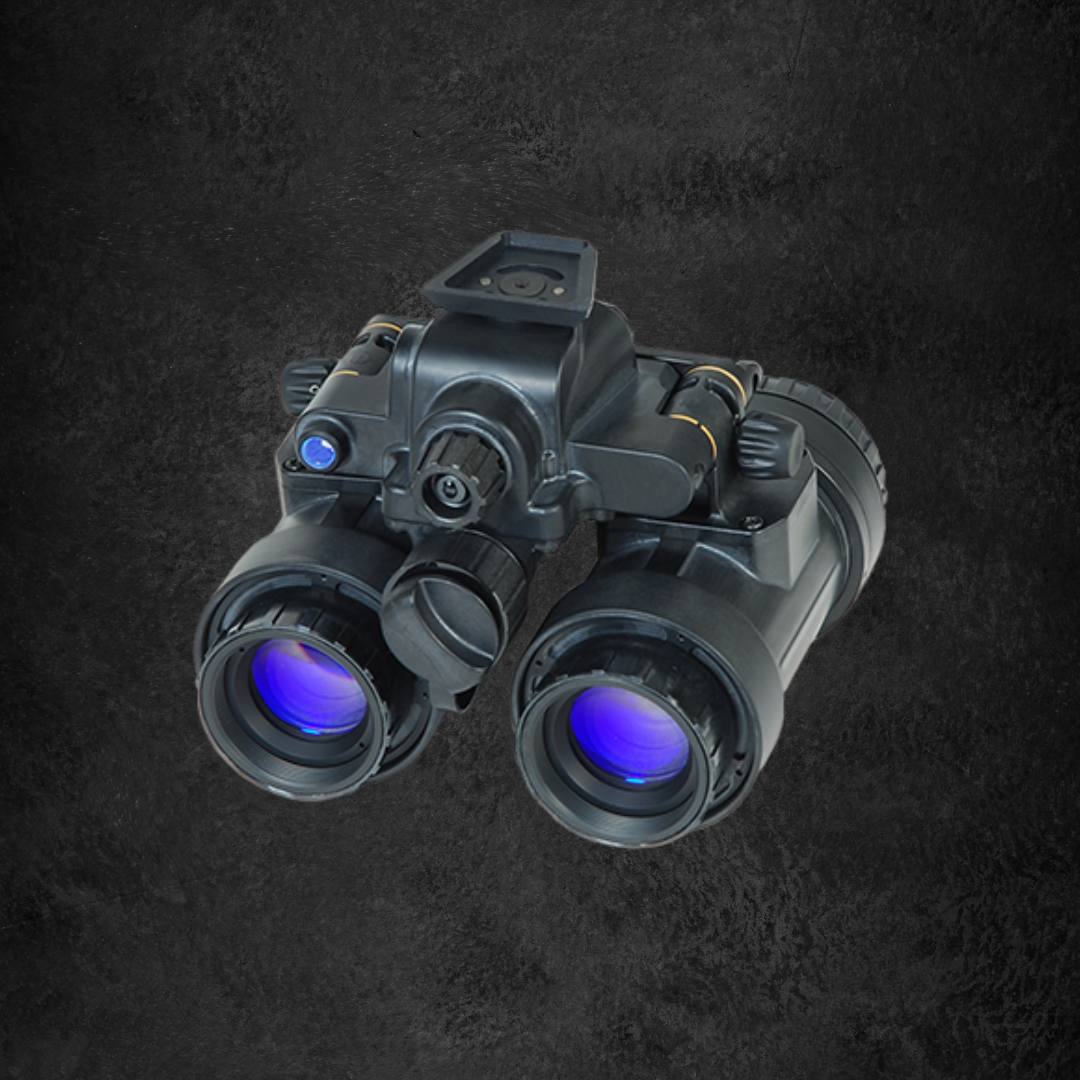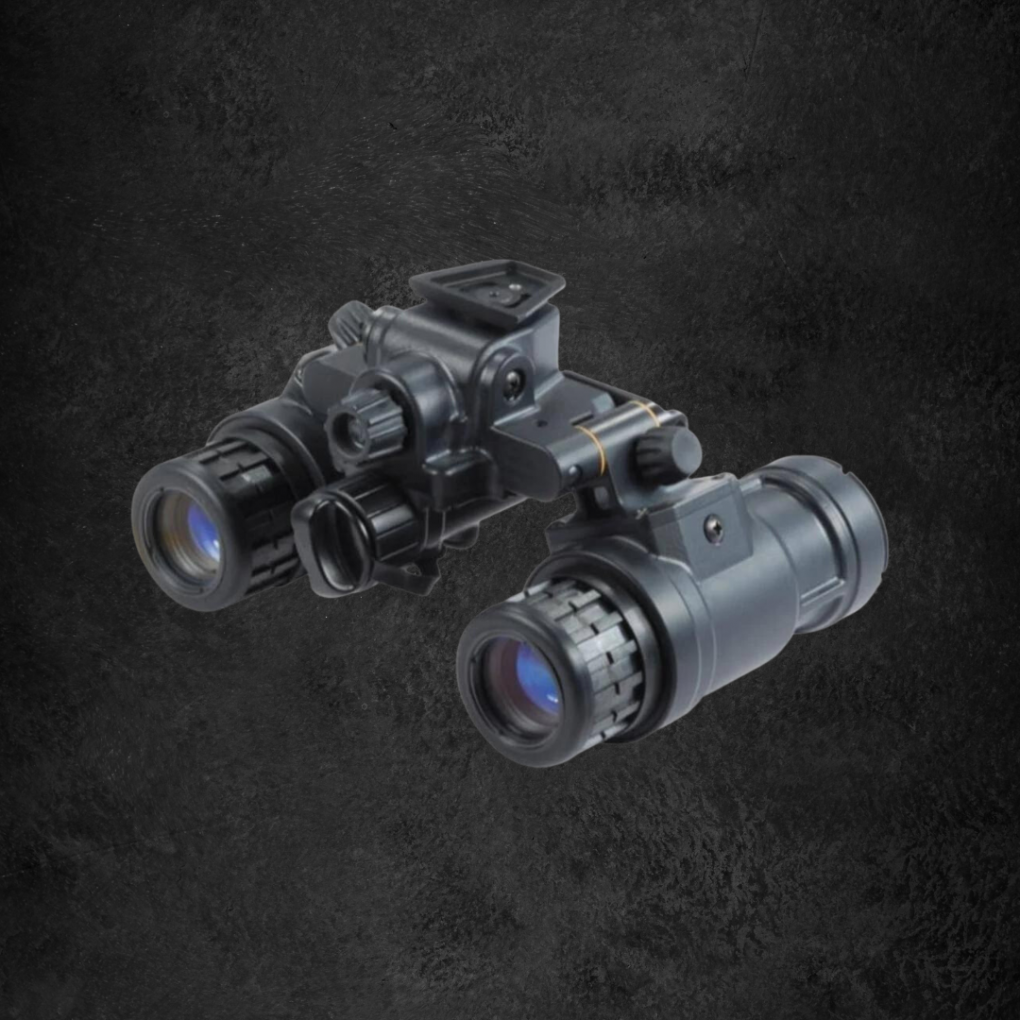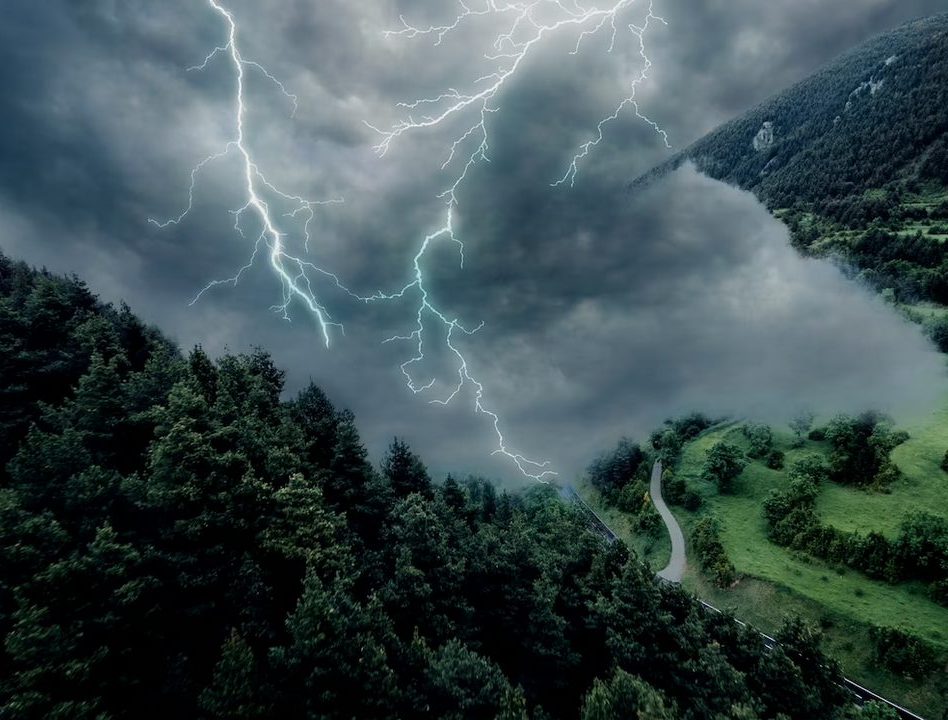Night vision devices are used in a variety of industries for security, surveillance, and emergency management purposes. These devices are designed to allow users to see in low-light or no-light environments. However, the operation of these devices can be greatly impacted by the weather conditions in which they are used.
This article will discuss the different weather conditions that can affect the performance of night vision devices and the ways in which users can adjust their usage to optimize performance.
Weather conditions such as rain, fog, snow, cold temperatures, humidity, and wind can all have an effect on the performance of night vision devices. This article will explore each of these weather conditions and the potential impacts on the effectiveness of night vision devices. It will also provide tips on how users can adapt their usage of night vision devices to account for changing weather conditions.
→ Other articles by Steele Industries:
– HOW TO MAXIMIZE YOUR NIGHT VISION DEVICE’S PERFORMANCE IN EXTREME CONDITIONS
– NIGHT VISION MYTHS VS. REALITY: DEMYSTIFYING THE HOLLYWOOD HOOPLA
– For more reading, visit our blog!
⇒ Contact us:
-Call us at (800) 674-7302
-E-mail: sales@steeleindinc.com
–Facebook/ steeleindustriesinc
–Instagram/steeleindustriesinc
Understanding Night Vision Device Technologies
By exploring the various technologies that enable the detection of objects in low light environments, a greater appreciation of the capabilities of these tools can be gained.
Night vision devices use image intensifier tubes that amplify light in the infrared spectrum, which is invisible to the human eye, then convert it into visible light. This technology allows the user to detect objects in near total darkness.
Thermal imaging devices instead capture the energy emitted by all objects and convert it into a visible image. Thermal imaging is able to detect objects in total darkness, regardless of the weather conditions.
In addition, night vision and thermal imaging devices are also able to detect subtle changes in temperature, such as changes in the environment or the presence of animals.
The performance of these devices is impacted by several weather conditions. For example, if there is a lot of fog or smoke in the air, the image quality may be degraded. Additionally, heavy rain or snowfall can reduce visibility and make objects harder to detect.
As such, it is important to take the weather conditions into account when using these devices in order to maximize their performance.
Effects of Rain on Night Vision Performance
Rainy conditions can drastically reduce the effectiveness of optical apparatuses, creating an ever-present challenge for those relying on them during night operations. Night vision devices (NVDs) are no exception and require special care when used in wet conditions.
Rain produces a diffuse light source, which affects the image intensifier of a NVD. This decreases the amount of light that can reach the image intensifier, consequently impairing its ability to generate a clear image.
Furthermore, rain droplets can cause the lenses of a NVD to fog up, resulting in an unclear image. To prevent this, NVDs should be kept in waterproof cases and should be wiped down when coming into contact with moisture. Additionally, the lenses should be treated with an anti-fogging solution to further improve the quality of the image.
In conclusion, night vision device performance can be greatly affected by rainy conditions and requires extra care to be taken when operating in such environments.
Impact of Fog and Mist on Night Vision Capabilities
Fog and mist can create a veil of obscurity, obscuring the clarity of night operations and diminishing the capabilities of night vision apparatuses. The presence of fog and mist can reduce the range of visibility and the amount of light available for night vision devices to detect. This can lead to a decrease in the performance of night vision devices, as they are unable to detect objects at a distance.
Additionally, the presence of fog and mist can cause a decrease in the contrast between objects, making it more difficult for night vision devices to distinguish between objects. This can lead to a decrease in the accuracy of the device, as it is unable to accurately identify objects.
Furthermore, the presence of fog and mist can cause a decrease in the resolution of the device, as the particles of fog and mist can interfere with the device’s ability to detect fine details. This can lead to a decrease in the overall performance of the device, as it is unable to accurately detect objects at a distance.
The Influence of Snow and Cold Temperatures on Night Vision Devices
In cold and snowy environments, the visibility and clarity of objects can be significantly diminished, thus complicating the ability of night vision devices to detect objects accurately.
Snow and cold temperatures can significantly reduce the performance of night vision devices, reducing the range of detection and image clarity.
This can be attributed to the reduced contrast between the environment and objects, as well as the presence of ice crystals in the air which can scatter light and reduce visibility.
In addition, snow can reduce the amount of infrared radiation emitted from objects, further reducing the performance of night vision devices.
Night vision devices are designed to work in all types of weather, but cold temperatures and snow can drastically reduce their performance.
To counteract this, devices must be adapted for use in these conditions, such as applying a protective coating to the optics to reduce snow accumulation, and using thermal-imaging technology to detect objects in cold and snowy environments.
Despite these adaptations, however, the performance of night vision devices in cold and snowy environments may still be significantly reduced compared to other weather conditions.
How Humidity Affects Night Vision Performance
High levels of humidity can significantly reduce the efficiency of night vision devices, resulting in decreased range of detection and image clarity.
Humidity affects the performance of night vision devices by reducing the range of detection and the clarity of images. This is caused by the condensation of water vapor in the air, which affects the quality of the optics and the lenses of the device. The water droplets reduce the light transmission and scatter the light rays, resulting in blurriness and a decrease in the resolution of the image. Additionally, the condensation can damage the lenses and the components of the device, causing them to malfunction.
To prevent the performance of night vision devices from being affected by high humidity, it is important to keep the device dry and store it in a dry environment. It is also advisable to keep the device away from sources of humidity such as water, steam, and high temperatures. Additionally, sealing the device in an airtight container can help to keep the humidity levels low.
Regular maintenance of the device is also important in order to ensure that the device is functioning correctly and that the lenses are free from condensation.
The Role of Wind in Night Vision Device Effectiveness
Wind can significantly alter the efficiency of night vision devices, affecting their detection range and image quality.
Wind can distort an image by creating a turbulent flow of air across the objective lens, which causes both the objective lens and the atmosphere to be in a state of constant motion. This in turn can cause the image to be blurred and distorted.
Wind can also reduce the range of a night vision device. The wind can kick up dust, which can reduce the amount of light that is available for the night vision device to capture. Additionally, strong gusts of wind can cause the device to vibrate, which can reduce the image quality.
The effects of wind on the performance of night vision devices can be summarized as follows:
- Detection Range:
- Reduced due to dust in the air
- Reduced due to vibration of the device
- Image Quality:
- Blurred due to turbulent flow of air
- Distorted due to vibration of the device
Adapting to Weather Conditions: Tips for Optimal Night Vision Performance
Having discussed the role of wind in night vision device effectiveness, it is important to consider how the user can adapt to different weather conditions in order to ensure optimal performance.
This section will discuss tips for optimizing night vision performance in various weather conditions.
The performance of night vision devices can be greatly affected by weather conditions such as rain, snow, and fog. It is important for users to be aware of the potential effects of weather on their device.
Rain, for example, can cause glare from lights that can interfere with a user’s vision. Similarly, snow may cause a device to become foggy or hazy due to condensation, thereby reducing visibility. To mitigate this effect, users should always cover their device with a protective covering and avoid exposure to direct rain, snow, or fog. Additionally, users should always ensure that the device is dry and clean prior to use.
Fog can also significantly reduce the performance of night vision devices. To ensure maximum performance in foggy conditions, users should use a high-quality anti-fog coating on the device. Additionally, it is also important to adjust the device’s focus to reduce the effects of fog. Finally, users should also be aware of possible wind gusts that can affect the performance of the device and adjust the device accordingly.
Overall, night vision device performance can be greatly affected by weather conditions, and users should take the necessary steps to ensure optimal performance in all weather conditions. With the right precautions and adjustments, users should be able to maintain the effectiveness of their device regardless of the weather.
Several products offer by Steele Industries
L3 BNVD-1531

Description:
The 1531 epitomizes L3Harris’s commitment to ongoing product enhancements in aspects like size, weight, performance, and energy efficiency. Boasting a lightweight, ergonomic design, the 1531 shares similarities with the AN/PVS-31 but offers substantial weight savings compared to the AN/PVS-15. It also includes features like adjustable diopters, manual gain control, individual monocular rotation, and a built-in infrared illuminator. The 1531 is versatile, allowing for helmet-mounted, head-mounted, or handheld usage, and can be maintained in the field with minimal equipment.
PVS-31A L3 2376+ FOM WHITE PHOSPHOR

Description:
The AN/PVS-31A BNVD is a compact, lightweight, Gen III dual tube goggle that features advanced white phosphor tube technology for enhanced target detection and identification. Nighttime and low-light operations appear more natural in black and white, providing increased contrast and detail in shapes and shadows, allowing the operator to access more visual information for assessment and acquisition. White phosphor delivers a range of intensity levels between black and white (as opposed to black and green), resulting in improved contrast and depth perception. The device boasts an ergonomic low-profile design and provides superior situational awareness compared to single tube goggles. Developed based on feedback from SOF operators, the BNVD aims to enhance system resolution, significantly reduce head-borne weight, improve the system’s center of gravity, offer additional operational utility, and boost overall situational awareness compared to existing dual-tube goggles. The white phosphor BNVD builds on the legacy of the battle-tested AN/PVS-15 and AN/PVS-31 standard green phosphor night vision goggles.
DIMENSIONS: 4.2″ x 4.2″ x 3.4″
WEIGHT: 0.99 lbs (w/battery)
FINISH: Corrosion Resistant – Matte Black
POWER SOURCE: (1) AA Battery (On-Board) Or 4 AA Batteries (Remote)
BATTERY LIFE: >15 Hours (Single Battery) Or >50 Hours (4 Batteries)
WATERPROOF: 66′ For 2 Hours
Conclusion
It is clear that weather conditions have a significant impact on the performance of night vision devices.
Rain, fog and mist, snow and cold temperatures, humidity, and wind affect the ability of the device to capture light and provide a clear image.
In order to maximize the performance of a night vision device, it is important to take into account the weather conditions and take proactive steps to adapt to them.
This includes using lens covers to protect the device from water, keeping the device away from cold temperatures and snow, and ensuring proper ventilation to prevent fogging.
By following these tips, users can ensure that their night vision device performs optimally under any weather conditions.
⇒ Contact us:
-Call us at (800) 674-7302
-E-mail: sales@steeleindinc.com
–Facebook/ steeleindustriesinc


